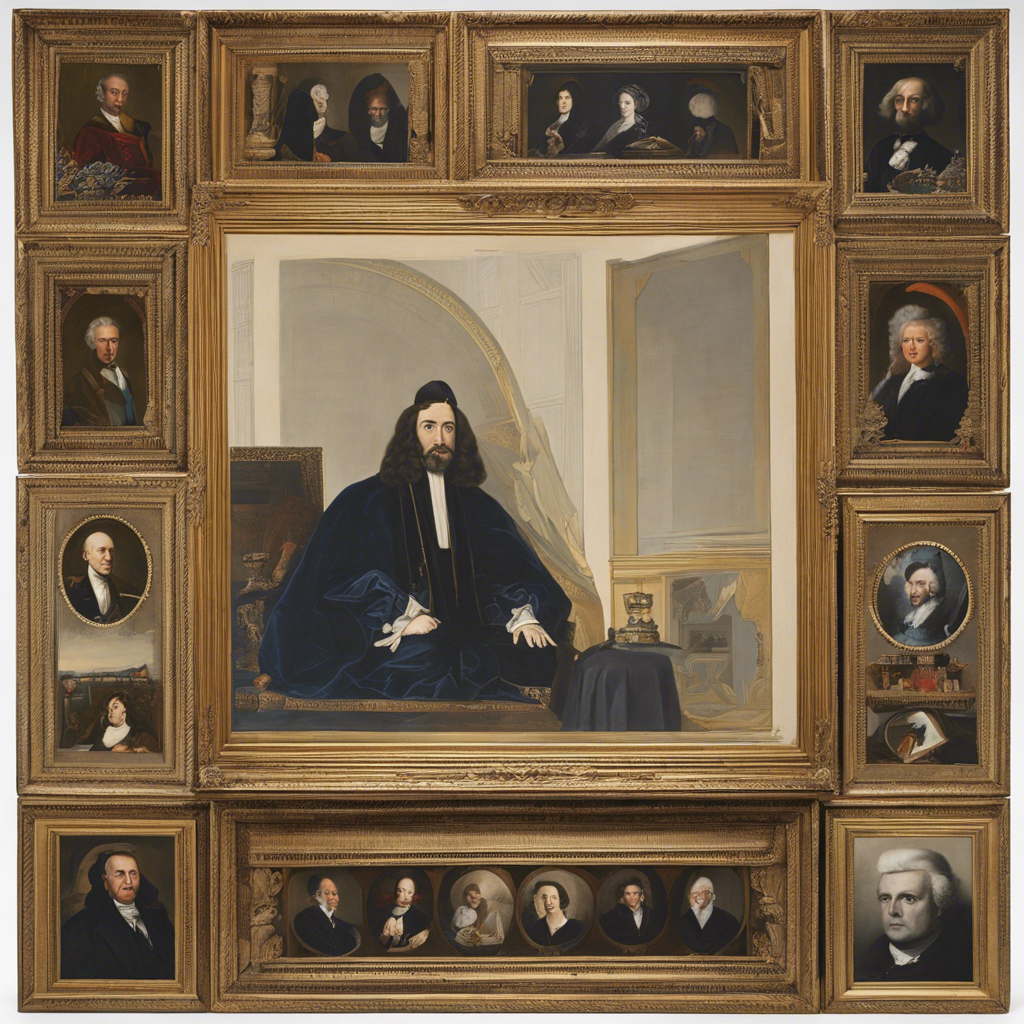The National Portrait Gallery in Washington, DC, presents an intriguing exhibition, “Portraits of Power: Art and Political Influence.” This exhibition delves into the complex relationship between art and political power, showcasing how artists have historically portrayed influential figures and how these depictions have, in turn, shaped our perception of leadership and authority.
Spanning centuries, the exhibition includes paintings, sculptures, and photographs that reveal the diverse ways artists have approached the theme of power. One of the key highlights is the iconic painting “Washington Crossing the Delaware” by Emanuel Leutze. This dramatic work not only captures a pivotal moment in American history but also serves as a testament to the power of art in shaping national identity. Through its grand scale and heroic depiction of George Washington, the painting has helped solidify the image of a strong and determined leader in the face of adversity.
Another fascinating aspect of the exhibition is its exploration of how artists challenge traditional notions of power. For instance, the work of Cuban artist Coco Fusco provides a stark contrast to the grand, heroic portraits of leaders. Her video installation, “Better Yet, She Should Be Dead…,” offers a critique of the objectification and exploitation of women in the media, challenging the power structures that contribute to gender inequality. By presenting a diverse range of artistic voices, the exhibition encourages visitors to consider the complex ways in which art influences our understanding of power and the role it plays in society.
Photography also plays a significant role in “Portraits of Power.” Iconic photographs of political figures, such as the famous portrait of Winston Churchill by Yousuf Karsh, offer a glimpse into the lives and legacies of these individuals. Karsh’s photograph, taken during World War II, captures the determination and resilience of Churchill, becoming an enduring symbol of his leadership. The exhibition also features contemporary works that utilize photography to question and subvert traditional notions of power.
In addition to visual arts, “Portraits of Power” delves into the world of political cartoons and caricatures. These satirical depictions often carry a powerful message, ridiculing or critiquing the actions and decisions of those in power. The exhibition includes works by renowned political cartoonists, showcasing how they use humor and exaggeration to influence public opinion and hold political figures accountable.
The exhibition also examines the role of propaganda in portraiture. During times of war or political turmoil, artists have often been enlisted to create images that stir patriotic fervor or shape public opinion. By displaying these works alongside more traditional portraits, the exhibition invites visitors to consider the ethical implications of using art as a tool for political manipulation.
“Portraits of Power: Art and Political Influence” is a thought-provoking exploration of the interplay between art and power. By presenting a diverse range of artistic expressions and styles, the exhibition offers a nuanced understanding of how art can both glorify and challenge authority, shape public opinion, and reflect the complexities of the human experience within the political realm.
One of the most intriguing aspects of the exhibition is its examination of the artistic process behind these powerful portraits. Through sketches, studies, and preparatory drawings, visitors gain insight into the artists’ creative journeys and their unique approaches to capturing the essence of their subjects. This added layer of depth enhances the understanding of the artists’ intentions and the social and political context surrounding these influential portraits.
The exhibition also highlights how artists have challenged societal norms and power structures through their depictions of political figures. By presenting leaders in a different light, these artists offer a nuanced perspective that goes beyond the traditional hero worship often associated with leadership portraiture. This critical reflection on the role of art in shaping public perception encourages visitors to question and rethink the dynamics of power and influence in their own lives.
“Portraits of Power” serves as a timely reminder of art’s ability to influence and shape our worldview. In a world where visual imagery is increasingly pervasive, this exhibition is a call to action for viewers to engage critically with the portraits and depictions they encounter. It encourages us to question the intentions behind these artistic representations and to consider the broader implications they may have on our understanding of power, leadership, and our role in a democratic society.
As you walk through the exhibition halls, you’ll not only appreciate the artistic talent on display but also find yourself contemplating the complex dynamics of power and the role art plays in our understanding of history and current affairs. “Portraits of Power: Art and Political Influence” is a must-see for anyone interested in the intersection of art, politics, and societal influence. It is a thought-provoking journey that will leave a lasting impression long after you’ve walked out of the gallery doors.

